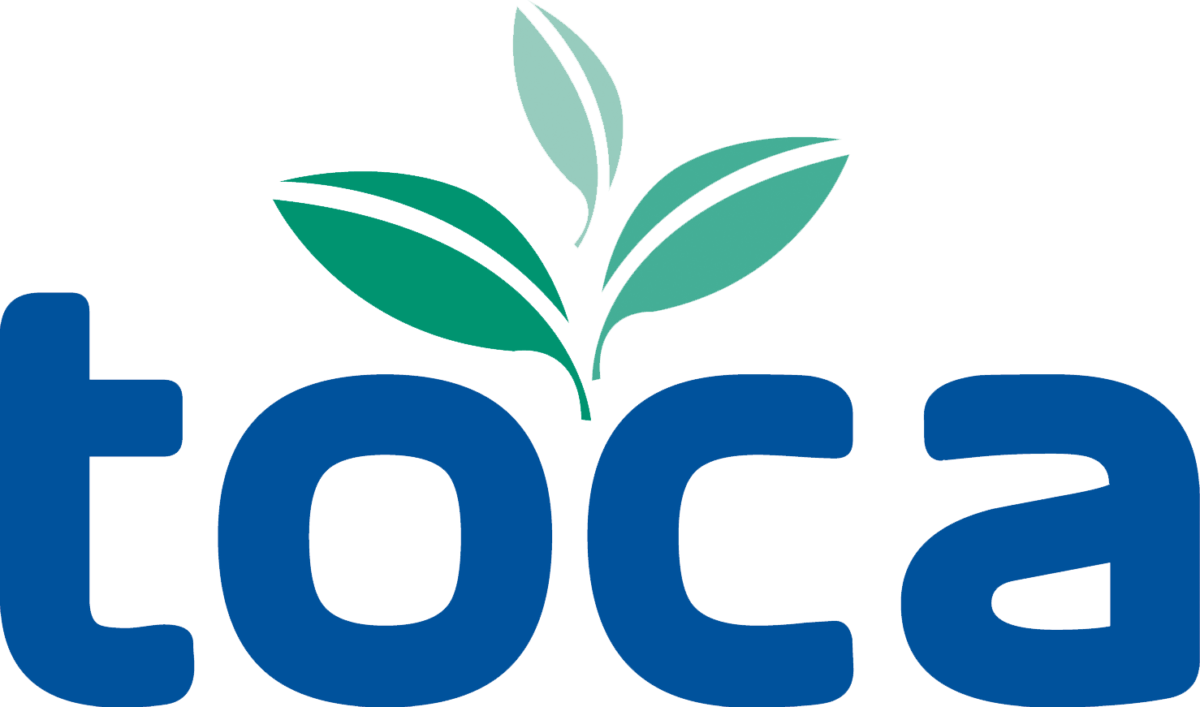Panel discussion: Print journalism is not dead!
Panel discussion: Print journalism is not dead!
By Erin Wunderlich
Instead of picking up the Sunday newspaper from the front driveway, people are logging onto Twitter.
In our ever-growing society, technology is expanding to create new forms of communication that connect people from all corners of the world. Social media, blogs and forum websites are platforms where people consume their daily news.
Journalism industry experts reassured listeners that print journalism is far from gone during the “Print Journalism is Not Dead!” panel discussion at the 2022 TOCA Annual Meeting in Kansas City, Mo.
Panelists Seth Jones, North Coast Media, Brian Kaberline, Kansas City Business Journal, and Emily Bradbury, Kansas Press Association, shared their thoughts about print and digital media.
Who’s consuming print and digital media?
According to Pew Research, more than eight in 10 U.S. adults, about 68 percent of people, get their news from a phone, tablet or computer most of the time.
Kaberline said some people look to online publications for editorials or opinion pieces, while others seek feature stories in print journalism.
The Kansas Press Association represents both print and digital newspapers in the state. What residents crave the most from print are feature and hard news stories about local businesses, people and organizations.
“What we are seeing in the industry, no doubt, is a transformation. Everything is moving toward social media and online publications. While we have a lot of obstacles, our local community papers are doing well because no one is covering local stories like we do,” said Bradbury.
So, what about young people? Bradbury said she asked a group of 17-year-olds where they consume their news. She said that students who grew up with the internet can easily determine a reliable source. They told her that social media platforms like Twitter and Facebook were unreliable sources, and they go to their local newspaper – print or digital – for real news.
Bradbury said, “It is not the young people I’m worried for when it comes to online news and media. It’s my generation and my parents’ generation I’m worried for because they don’t know the difference between reliable and false news.”
The Catch-22: Digital media and monetization
The American Preservation Journalism Act is potential legislation that looks at public goods in the journalism industry. This bill would address the issues of monetization surrounding paywalls on newspaper websites.
Many are in favor of the paywall, including Bradbury and Kaberline, as it is one of the primary ways they gain loyal subscribers and pay their journalists.
However, here is the Catch-22. If a newspaper wants to become a public good, it can’t have a paywall for its digital media because that would bar all public persons from viewing its content. But how are newspapers going to pay journalists?
Many companies that are considered public goods still use a paywall. The paywall separates the audience into two groups and therefore does not serve the public anymore.
Jones said he is not in favor of a paywall. “Why should one piece of content be worth more than another? Shouldn’t all content or news be valued the same? I feel like it’s almost unfair to my readers to do something like that.”
Print won’t be leaving anytime soon
While each panelist agreed that postal service issues, labor shortages and prices rising in our current economy are all factors that can kill print, it won’t disappear in the near future.
Kaberline said there is something about people taking their time on a Sunday morning to read the newspaper. People still want to hold a newspaper in their hands instead of endlessly scrolling on their phones to read a four-page story. Also, those who read print newspapers will come across about 80 percent more material than if they were to read digital media.
Screen fatigue is another big problem. Jones said people want a break from their screens and will look to print newspapers while drinking their morning coffee, waiting for the bus or sitting on the John.
Photos also make a big difference. Jones said they are always challenged for people’s time and attention digitally. But in print, people can physically see the time and effort it took to lay out the stories and photos.
Whether readers consume digital news or print, Jones said, “We are trying to be wherever our readers are. It’s an interesting time to be a journalist because of social media. But we’re big believers in print; you’ll always see us in your mailbox.”
